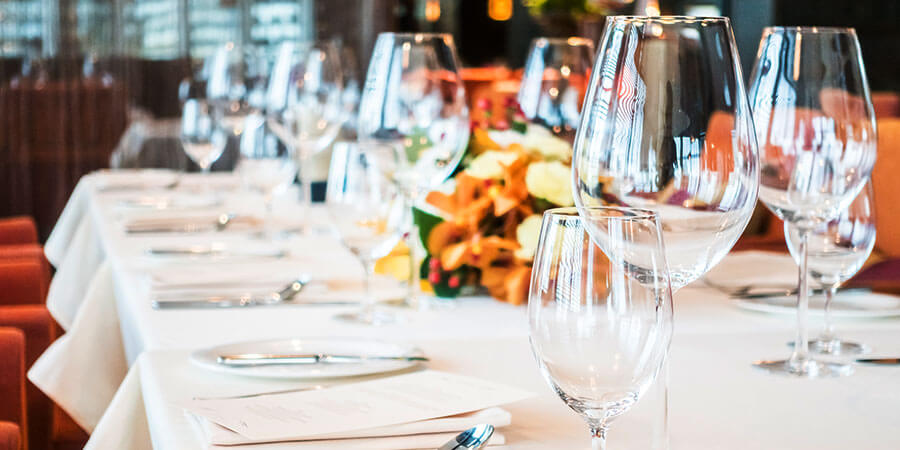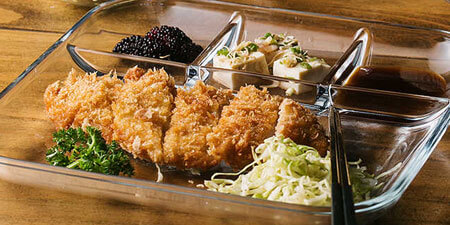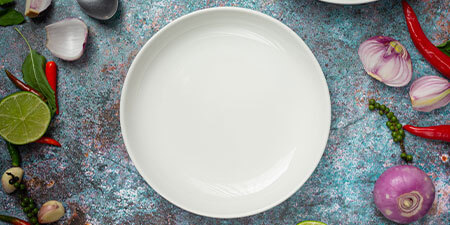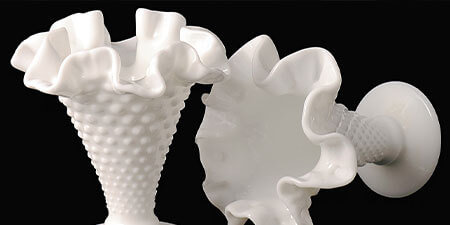As Clear as Glass: The Pros and Cons of Glass Restaurant Dinnerware

Financial experts note that there's no true average cost of opening a restaurant. You should expect, they advise, to spend at least $225,000 on a small, casual restaurant and closer to $750,000 on a large or high-end restaurant. Where does all of that money go? Construction, cooking equipment, decor, staff paychecks, and, of course, food, to name a few expenses. Restaurant dinnerware can take up a surprising amount of your budget, but you may not want to skimp on this one. Your dinnerware serves both an aesthetic purpose and a functional one, which means it needs to be visually cohesive with your decor while standing up to hundreds of reuses. We're going to talk about the different kinds of glass restaurant dinnerware you may consider using plus the pros and cons of each. Read on for more information!
Tempered Glass

Glass becomes tempered when it is heated to an extremely high temperature and then cooled rapidly. The inside stays hot while the outside cools, creating a balance between the core's tension and the outer layer's compression. Chemistry lesson aside, tempered glass is much stronger than standard glass.
The Pros
Tempered glass is less likely to chip or crack than standard glass or other materials like stoneware. Because it is reinforced in the heating and cooling process, it won't shatter into dangerous shards when dropped, but instead will break into smaller pieces that are less sharp. Tempered glass is usually dishwasher safe, which is crucial in the restaurant industry. Newer tempered glass is also microwave safe and can handle high amounts of heat. Tempered glass is inexpensive.
The Cons
Tempered glass may not chip or crack, but it can scratch under the pressure of sharp utensils. Over time, these scratches can cause pressure within the glass, making it more likely to break.
Vitrified Glass

Vitrification is the process of turning materials like clay into glass-like substances. This can be done through a process that is similar to making tempered glass or by mixing the material with an additive. Vitrification rids these materials of their porousness, making them waterproof and stainproof.
The Pros
Vitrified glass dinnerware comes in a myriad of designs and overall looks. If you prefer a matte finish or a dish that resembles glazed clay but is less porous, vitrified glass is a great option. Vitrified glass is less likely to chip or crack than glazed porcelain or clay. Like tempered glass, if broken, the vitrified glass will break into smaller, duller pieces that are less likely to cause an injury.
The Cons
Vitrified glass is a good option for restaurant dinnerware, but it may be more expensive than glazed alternatives or tempered glass. That said, it will probably last longer, reducing your costs in the long run.
Milk Glass

We thought we'd give milk glass an honorary mention because it has a distinct, vintage look and an interesting history. Milk glass is opaque and most often made in white, although you may find pink, tan, and other light colors on the market. Milk glass rose to prominence during the Victorian Era as an affordable alternative to porcelain. It fell out of style in the early 20th century and came back full force in the 1950s and 1960s in America.
The Pros
Milk glass has a very distinct look that would go nicely with vintage decor. There are companies that make milk glass today, but it could be more fun to look for vintage pieces at junk shops and antique stores. If you know what you're looking for, you can find some unique pieces for a fairly low price.
The Cons
Admittedly, milk glass is not for practical use. It's not dishwasher safe and the only pieces you could consider using to serve food are things like cake trays and other serving pieces. Milk glass is more of a decorative item, and nowadays most people use milk glass plates to dress up their walls or shelving.
Glass Drinkware

Whether or not you choose to use glass dinnerware for your plates and bowls, there's a good chance you'll use glass drinkware. If you are opening a high-end restaurant, you will almost definitely use some kind of crystal. However, casual dining can always resort to plastic drinkware, and some of it looks quite a bit like glass with less of a risk of breaking.
The Pros
Glass drinkware comes in all shapes and sizes and is ideal for a restaurant that offers a wide array of alcoholic drinks. It's dishwasher safe and inexpensive when purchased in bulk.
The Cons
Glass drinkware is often made of standard glass, rather than tempered glass. It can chip in the dishwasher or under the pressure of being stacked. It will also shatter when dropped, and the edges can be sharp enough to break the skin. In the long run, it may save you money to use high-quality plastic because you won't have to replace it as often as long as you wash it properly.
Choose Restaurant Dinnerware in Your Budget
When you choose your restaurant dinnerware, you may feel inclined to go with style over cost. However, factor in your biggest expenses first when you're making your budget and see what you have leftover. You may not be able to afford the dinnerware you had in mind, but chances are, there's some good imitation dinnerware out there that looks just like the real thing. If you're looking for the best prices for restaurant equipment on the market, contact us! We have everything you'll need for the back of the house at a price that will fit your budget.
Share This!